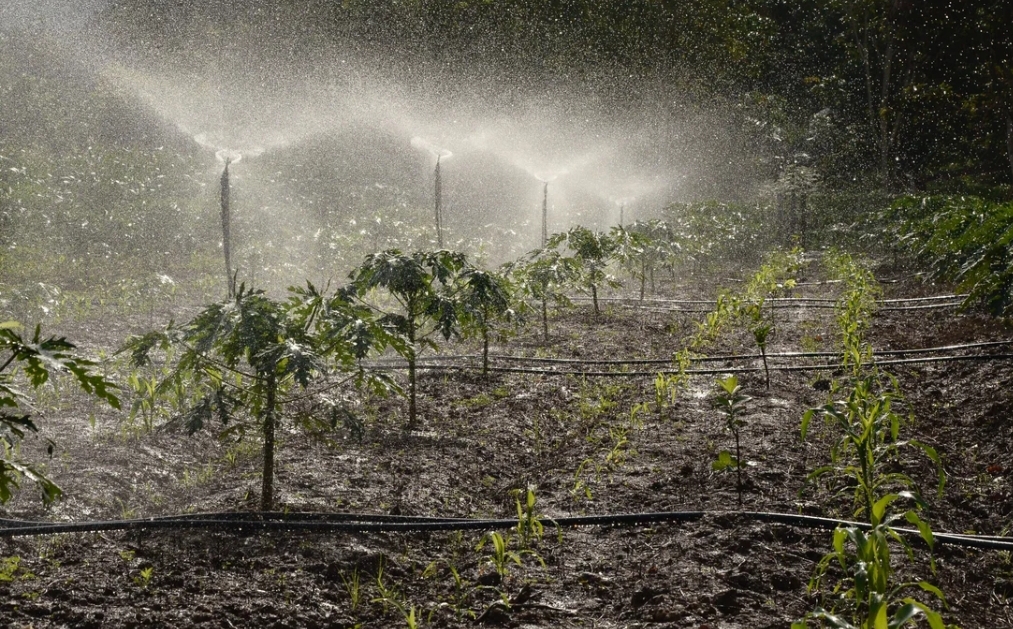Regenerative agriculture has gained significant attention in recent years for its potential to promote sustainable farming practices, enhance ecosystem services, and mitigate climate change. One of the critical benefits of regenerative agriculture is its ability to conserve water, a precious resource essential for agricultural productivity, human consumption, and ecosystem health. This article explores the benefits of regenerative agriculture for water conservation, highlighting its practices, advantages, and potential for widespread adoption.
Understanding Regenerative Agriculture
Regenerative agriculture is a holistic farming approach that focuses on regenerating and improving the health of entire ecosystems. It involves a set of practices that prioritize soil health, biodiversity, and efficient water use. Key principles of regenerative agriculture include:
- Soil Conservation: Minimizing tillage, using cover crops, and incorporating organic amendments to enhance soil structure and fertility.
- Crop Diversification: Planting diverse crops to promote ecosystem services, reduce pests and diseases, and enhance soil health.
- Cover Cropping: Planting crops between cash crops to protect soil, reduce erosion, and increase organic matter.
- Integrated Pest Management: Using a combination of techniques to manage pests and diseases, reducing the need for chemical pesticides and fertilizers.
- Livestock Integration: Incorporating livestock into farming systems to enhance soil fertility, promote biodiversity, and improve ecosystem services.
Benefits of Regenerative Agriculture for Water Conservation
Regenerative agriculture offers several benefits for water conservation, including:
- Improved Soil Water-Holding Capacity: Regenerative practices like cover cropping and organic amendments enhance soil structure, allowing it to retain more water. This reduces runoff, increases infiltration, and minimizes the need for irrigation.
- Reduced Water Pollution: By minimizing chemical pesticides and fertilizers, regenerative agriculture reduces water pollution, protecting aquatic ecosystems and human health.
- Enhanced Groundwater Recharge: Regenerative practices like cover cropping and crop rotation promote soil health, allowing water to infiltrate and recharge groundwater aquifers.
- Increased Crop Water Efficiency: Regenerative agriculture’s focus on soil health and biodiversity enhances crop water efficiency, reducing the need for irrigation and minimizing water waste.
- Resilience to Drought: Regenerative agriculture’s emphasis on soil health and biodiversity helps farms become more resilient to drought, reducing the economic and environmental impacts of water scarcity.
Practices for Implementing Regenerative Agriculture
To implement regenerative agriculture and reap its water conservation benefits, farmers can adopt the following practices:
- Conservation Tillage: Reduce tillage to minimize soil disturbance and promote soil health.
- Cover Cropping: Plant cover crops to protect soil, reduce erosion, and increase organic matter.
- Crop Rotation: Rotate crops to promote soil health, reduce pests and diseases, and enhance ecosystem services.
- Organic Amendments: Use organic amendments like compost and manure to enhance soil fertility and structure.
- Integrated Irrigation Management: Use techniques like drip irrigation and mulching to minimize water waste and optimize water use.
Challenges and Opportunities
While regenerative agriculture offers numerous benefits for water conservation, its adoption faces several challenges, including:
- Initial Investment: Transitioning to regenerative agriculture may require significant upfront investments in new practices, equipment, and training.
- Knowledge and Skills: Farmers may need training and support to adopt regenerative practices and manage complex ecosystems.
- Market Demand: Regenerative agriculture products may command a premium price, but market demand and infrastructure for these products are still developing.
Despite these challenges, regenerative agriculture presents opportunities for:
- Improved Farm Productivity: Regenerative practices can enhance crop yields, improve soil health, and increase farm resilience.
- Environmental Benefits: Regenerative agriculture promotes ecosystem services, reduces water pollution, and enhances biodiversity.
- Climate Change Mitigation: Regenerative agriculture can sequester carbon, reducing greenhouse gas emissions and mitigating climate change.
Conclusion
Regenerative agriculture offers a promising approach to water conservation, promoting efficient water use, reducing pollution, and enhancing ecosystem services. By adopting regenerative practices, farmers can improve soil health, increase crop water efficiency, and build resilience to drought. As the world faces growing water scarcity and climate change, regenerative agriculture provides a valuable strategy for sustainable water management and ecosystem conservation.

